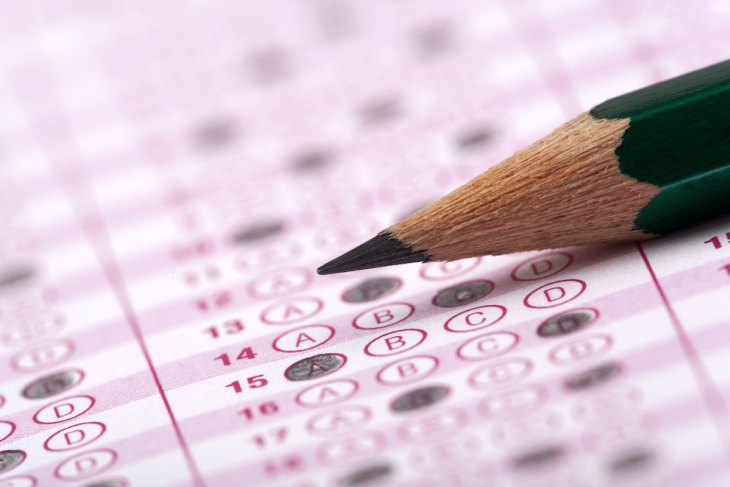The start of a new school year is always filled with challenges. New teachers, new classes, and new expectations can be difficult for both teachers and students. But what if teachers and students haven’t been in school for six months or more? How can schools try and prepare to get back to a sense of normalcy after all of this? One solution, proposed by Nicholas Munyan-Penney and Charles Barone at Education Reform Now, could be to administer diagnostic assessments to determine students’ learning level at the beginning of the school year.
Diagnostic assessment occurs before instruction begins so that schools can assess students’ achievement levels. They help inform choices of lessons and materials, how best to group students to provide targeted learning, and decisions related to any Covid-19-related budget cuts or reduced school hours.
Munyan-Penney and Barone have three main recommendations. One, administer assessments statewide so there’s a consistent measure for all districts to evaluate student learning. The pandemic has ruined schools’ plans for regular end-of-year assessments, so this would be the next opportunity to reliably determine where students are at. A statewide diagnostic assessment could also be useful for policymakers and education researchers, who would be able to use the data it generates to answer difficult questions about the effectiveness of different district responses to the pandemic, how varying levels of internet access affected learning, and what can be done to better prepare ourselves for emergency situations in the future, as well as any closures in the fall. However, the likelihood of this happening remains uncertain. While many states have recommended diagnostic assessments in their reopening plans, these plans are only suggestions for districts, and no state thus far has indicated that it’ll require them.
The authors’ second recommendation is to use the assessment to inform decision-making around next year’s curricula and instruction. They write that most of the assessments in the report are able to provide immediate results and should be administered in the fall. However, waiting until fall would leave little to no time for school leaders and teachers to adjust their curricula to target gaps in student learning. Some states, such as Mississippi, have recommended administering assessments as early as July—perhaps a better timeline than waiting until school has already started.
And lastly, the authors recommend that these diagnostic tools shouldn’t be administered as high-stakes assessments. Especially in the midst of such a crisis, the purpose of these tests shouldn’t be identifying subpar teachers or school leaders.
Munyan-Penney and Barone’s idea to implement a new statewide diagnostic assessment diverges from recent trends in education. In February, for example, Georgia Governor Brian Kemp reduced the number of mandatory statewide tests. In March, U.S. Secretary of Education Betsy DeVos issued a waiver for this year’s mandatory testing. And a large swath of universities are dropping the requirement that applicants take the SAT or ACT. Most of these decisions are in response to the pandemic and may be temporary—but not all. The University of California notably announced last month that its move away from those entrance exams was permanent, and that it may not replace them.
Despite all of this political backlash, we shouldn’t be so quick to slash testing altogether. While standardized assessments are imperfect (and what isn’t?), they're nevertheless important tools for all those involved in education to measure levels of student learning and hold districts accountable for it. And that’s when schools are operating as usual. So especially now during such uncertain times—wherein all schools responded to distance learning in different ways, students had varying access to online learning materials, and when students and adults are experiencing heightened levels of stress and anxiety—we need to utilize consistent measures to gauge the damage caused by coronavirus and make plans to remedy it as efficiently as possible. And the type of diagnostic test for which Munyan-Penny and Barone advocates is just that: A measure. What the measure may expose is what we should be truly concerned about.
SOURCE: Nicholas Munyan-Penney and Charles Barone, “COVID-19 Response: Diagnostic Assessment,” Education Reform Now (May 2020).




